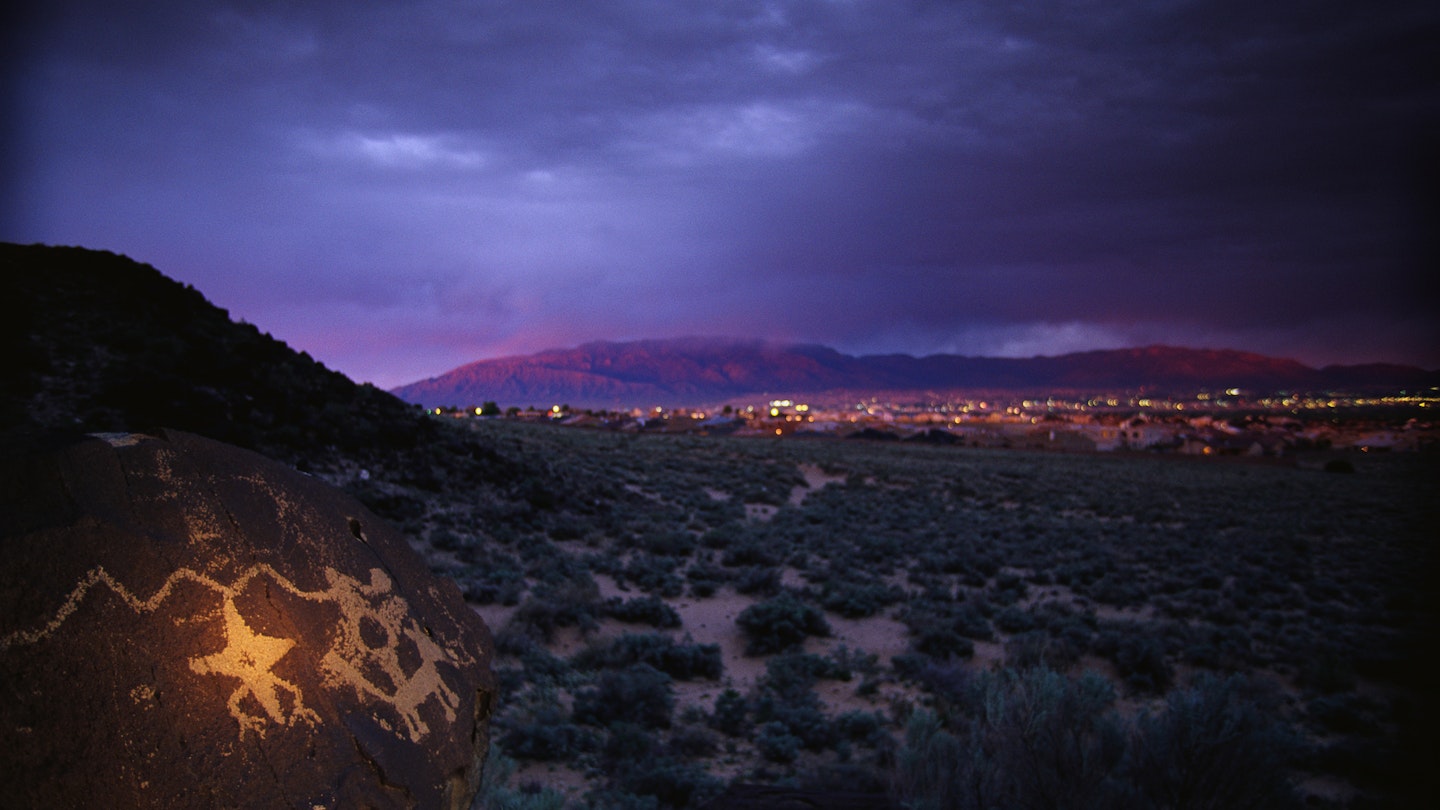Understanding Petroglyphs: Their Importance and Preservation
During the pandemic, national parks became a safe haven for individuals seeking a reprieve from their homes. As a result, the National Park System (NPS) experienced an influx of visitors across the country.
However, this increase in foot traffic was accompanied by a troubling rise in instances of vandalism.
Nancy Hendricks, Superintendent of the Petroglyph National Monument in Albuquerque, New Mexico, suggests that educating visitors is crucial. “I think there were people visiting who just really didn’t understand what we were protecting here,” she states, reflecting on the concerning trend of vandalism.
What are Petroglyphs?
Petroglyph National Monument protects ancient stone carvings and artwork created by early peoples. These artworks were formed through methods that involved picking or abrading the darker layers of rock to reveal lighter colors beneath.
The age of petroglyphs can vary significantly, even within a single site. While the majority of the artwork at Petroglyph National Monument dates from 1300 to 1600, some pieces are believed to be as much as 3000 years old.
Across the United States National Park System, there are thousands of petroglyph examples, many containing sacred evidence of human and animal habitation that traces back through the centuries.
Importance of These Sites
Hendricks emphasizes the multifaceted importance of these sites, noting that they hold deep historical and spiritual meaning, particularly for Native American communities. “They mean something special to everyone,” she explains, “but they are sacred to Native Americans and remain an essential part of Native cultural traditions.” This connection highlights the critical nature of preserving these sites, making vandalism akin to desecrating a church.

Tips for Respectfully Interacting with Petroglyphs
According to Hendricks, preserving these significant cultural and spiritual sites is straightforward. National parks hosting sensitive sites have established guidelines for preservation. Following these rules is paramount, as the connection may not always be obvious.
For instance, stepping off the designated trails might seem harmless to get a closer look at the rock art; however, this action can lead to catastrophic results. “We’ve had rocks tumble down and have lost petroglyphs,” Hendricks explains, indicating that the vegetation necessary to secure the soil can be damaged by trampling.
Instead, she advises using binoculars or high-quality zoom cameras for closer views and photos. Moreover, she warns against touching the artworks; the oils from hands can alter the rock’s color, compromising visibility. Naturally, defacing or altering petroglyphs is strictly prohibited.

Responding to Vandalism
At the end of 2021, Big Bend National Park lost a priceless petroglyph aged between 3000 and 8000 years due to vandalism. Similarly, Petroglyph National Monument has suffered from vandalism. “It’s extremely frustrating and challenging for us as park managers to have vandalism and graffiti damage these resources,” states Hendricks.
She encourages visitors to refrain from confronting individuals seen vandalizing the park. Instead, they should contact park rangers immediately. It is advisable to record the park’s dispatch number, typically displayed at the park’s trailhead, for this purpose.
Safety is paramount, and good Samaritans should avoid escalating situations. While capturing evidence of vandalism can be beneficial, it is crucial not to attempt repairs or stray from established park guidelines, which could inadvertently cause further harm.
It is important to understand that damaging park resources, including defacing cultural or natural objects, is a violation of federal regulations. Such actions can incur fines up to $500 and the potential for six months in jail. However, Hendricks emphasizes the significance of valuing these resources as the National Park System safeguards them for future generations. Once damaged, they are truly irreplaceable.





